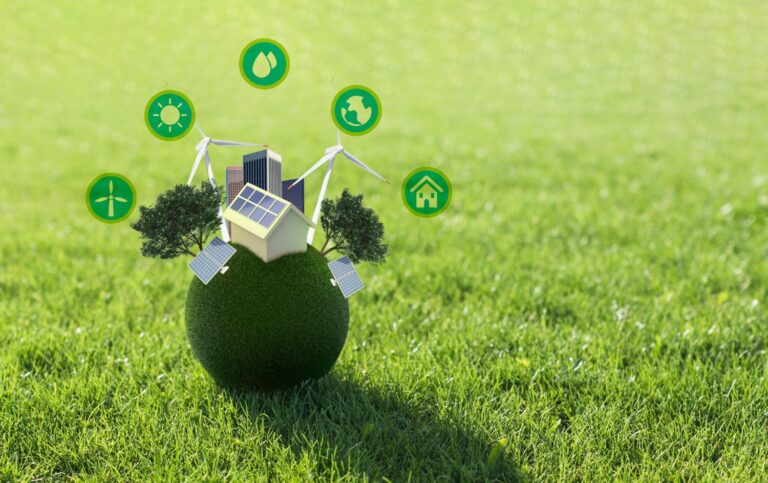Things To Keep An Eye On In HVAC Technology’s Future
Environmental concerns, energy efficiency goals, and breakthroughs in digital innovation are some of the elements that drive the ongoing evolution of technology in the HVAC industry. As we look ahead, several key trends are poised to reshape the HVAC landscape, influencing everything from system design to maintenance practices. We’ll look at these new developments and how they might affect HVAC technology in the future in this piece. In Beverly Hills, the demand for cutting-edge hvac installation Beverly Hills solutions aligns with the broader industry trends towards energy efficiency, smart systems, and advanced air purification technologies.
- Smart HVAC Systems
The development of intelligent systems is one of the biggest developments in HVAC technology. These innovative solutions leverage sensors, connectivity, and automation to optimize energy usage and improve overall system performance. Smart thermostats, for example, can learn user preferences and adjust temperature settings accordingly, leading to enhanced comfort and energy savings. Iota (Internet of Things) platforms also enable remote monitoring and control of HVAC equipment, allowing for proactive maintenance and troubleshooting.
- Energy Efficiency Innovations
Energy efficiency has long been a priority in the HVAC industry, and this focus is only intensifying as concerns about climate change and resource conservation grow. In response, manufacturers are developing increasingly efficient equipment and components, such as high-efficiency heat pumps, variable-speed compressors, and advanced insulation materials. Moreover, emerging technologies like geothermal heat pumps and solar-powered HVAC systems offer sustainable alternatives to traditional heating and cooling methods, further reducing carbon emissions and operating costs.
- Integration With Renewable Energy Sources
Another trend shaping the future of HVAC technology is the integration of renewable energy sources. Reduce your impact on the environment and the electricity grid by linking your HVAC system to renewable energy sources like solar panels or wind turbines. In addition to lowering operational expenses, this shift towards renewables aligns with the broader transition towards clean energy and carbon neutrality. As renewable energy technologies continue improving and becoming more affordable, we expect to see greater adoption in residential and commercial HVAC applications.
- Advanced Air Purification Solutions
Indoor air quality (IAQ) is a growing concern, particularly in light of recent public health crises such as the COVID-19 pandemic. HVAC manufacturers are developing advanced air purification technologies to remove contaminants and improve IAQ. These solutions may include HEPA filters, UV-C germicidal lamps, bipolar ionization systems, and photo-catalytic oxidation (PCO) units. By effectively capturing and neutralizing airborne pollutants, these technologies help create healthier indoor environments and reduce the risk of respiratory illnesses.
- Predictive Maintenance And Diagnostics
Maintenance is critical to HVAC system performance and longevity, but traditional scheduled maintenance routines can be inefficient and costly. To address this challenge, the industry is embracing predictive maintenance and diagnostic tools powered by artificial intelligence (AI) and machine learning algorithms. These systems analyze real-time data from sensors and equipment to identify potential issues before they become significant ones, enabling timely intervention and preventative maintenance. This predictive approach minimizes downtime and repair costs and extends the lifespan of HVAC assets.
- Modular And Flexible System Designs
Flexibility and scalability are becoming increasingly important considerations in HVAC system design, particularly in the context of evolving building requirements and occupancy patterns. Modular HVAC solutions, consisting of prefabricated components that can be easily assembled and reconfigured, offer greater flexibility and adaptability than traditional systems. Whether it’s a retrofit project or a new construction, modular designs enable faster installation, simplified maintenance, and the ability to scale up or down as needed.
- Electrification Of Heating
As electrification efforts gain momentum worldwide, the HVAC industry is experiencing a shift away from fossil fuel-based heating systems towards electric alternatives. Electric heat pumps, in particular, are gaining popularity due to their high efficiency, versatility, and compatibility with renewable energy sources. While offering dependable heating and cooling, air-source, ground-source, and water-source heat pumps all lessen greenhouse gas emissions and the need for fossil fuels. Moreover, advancements in heat pump technology, such as multi-zone systems and cold-climate heat pumps, are expanding their applicability in various climates and building types.
Conclusion
The future of HVAC technology is bright, driven by a combination of technological innovation, environmental stewardship, and market demand for smarter, more sustainable solutions. In Santa Clarita, residents can expect the hvac service Santa Clarita industry to embrace emerging trends such as predictive maintenance and diagnostics, ensuring efficient and reliable heating and cooling solutions for homes and businesses alike. By embracing these emerging trends and investing in cutting-edge technologies, stakeholders can create healthier, more comfortable indoor environments while minimizing their environmental footprint and operating costs. Working together and never stopping to innovate will mild HVAC technology into something better in the future as we face the possibilities and obstacles that are ahead.



